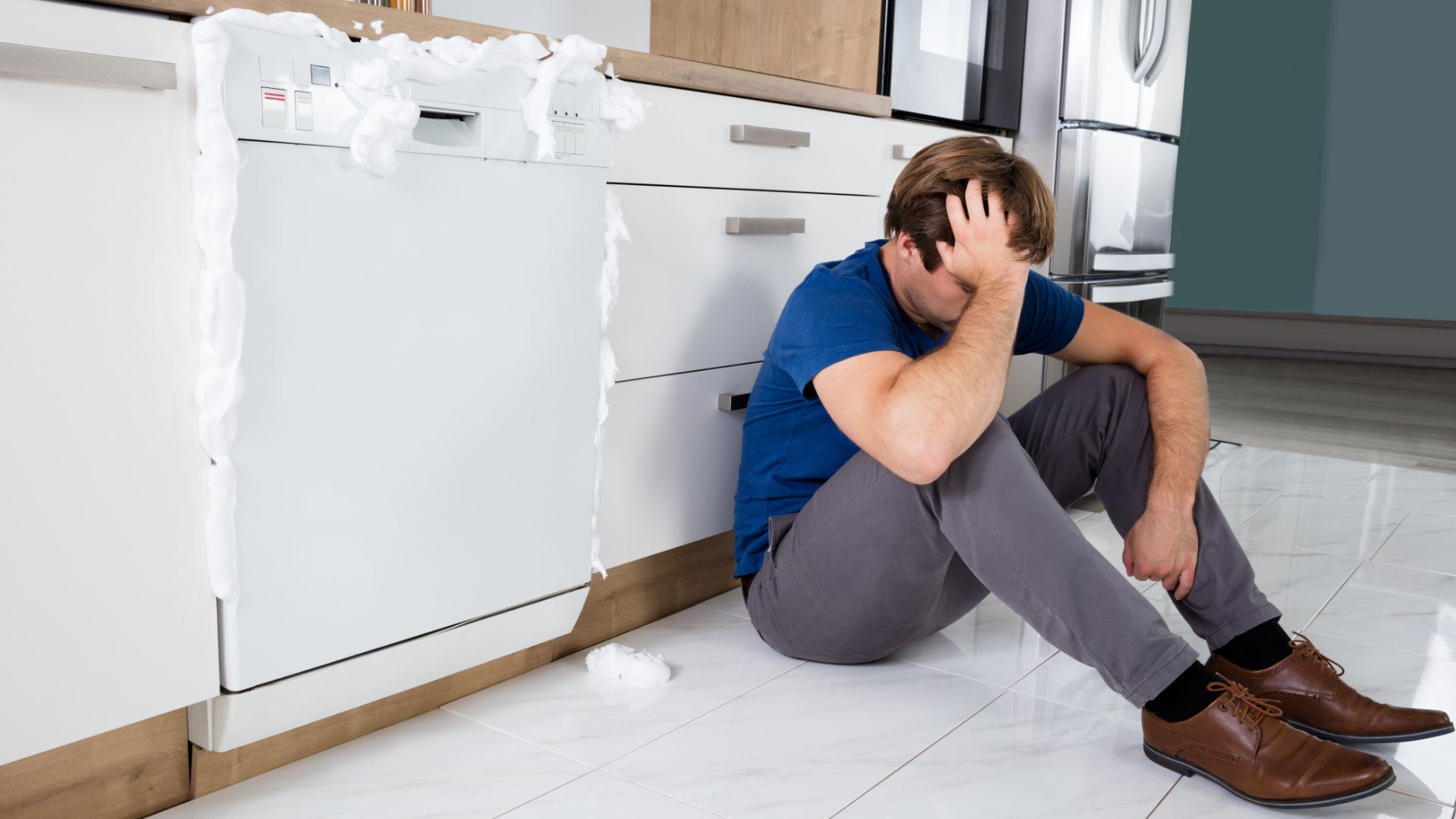
Soap suds bubbling out of your dishwasher door and onto your kitchen floor is a sight no homeowner wants to witness. The messy foam like substance can damage your kitchen cabinets and floor, if it’s not spotted immediately. Fortunately, most of the time, soap suds are not caused by a component malfunction, instead the bubbly overflow is a result of using the wrong soap or too much of the right soap. Keep reading to learn more about soap misuse and how to clean your dishwasher after a sudsy disaster.
Soap Selection
All soaps are made the same, right? No, not at all. Dish soap or hand soap is made to create soap suds and is formulated for basic cleaning jobs, while dishwasher detergent is created to limit soap suds and packs a more powerful cleaning punch.
If you choose to fill your dishwasher’s soap dispenser with regular dish or hand soap be prepared for a kitchen full of soap suds. Fortunately, avoiding a sudsy mess simply entails buying a detergent made for dishwasher use, only.
How to Clean-Up After A Soap Suds Mishap
- If you walk in while your dishwasher is still running, immediately turn it off the wash cycle. This should prevent more suds from forming and begin the draining process. While draining the dishwasher won’t rid it of all those suds, it will get rid of the water inside, making it easier for you to clean.
- Before you start cleaning up the suds in your dishwasher, grab a towel and wipe up all the soap and water found on your kitchen floor. The sooner you sop up the mess, the better chance you have at avoiding serious water damage.
- Place a towel on the floor in front of your dishwasher, and then open the dishwasher door and take out all the dishes.
- Now that your dishwasher is empty, you’ll need to clean the inside of your appliance. Start by wiping down the dishwasher tub. Once the more apparent suds are gone, fill a small bowl with water and slowly pour it into the tub. This will help wash away the remaining soap. You’ll most likely need to fill the bowel a number of times before soap bubbles are no longer produced when the water hits the dishwasher floor. After you each bowl of water, make sure you use your towel to wipe away the new soap suds. If you skip the rinsing process, soap residue will remain in your dishwasher, meaning the next time you start a wash cycle, you’ll end up with another sudsy mess.
- Finish cleaning up by running a rinse cycle. This will accomplish two important tasks. First, it will tell you whether you’ve rid your dishwasher of the remaining soap residue. If you haven’t, more suds will appear. Second, if you did a thorough cleaning beforehand, it should rinse away any leftover residue. Once the cycle ends and you’re confident your dishwasher is dish soap free, reload the appliance and fill the detergent dispenser with the proper soap to clean your dishes.
If improper soap use isn’t the reason your dishwasher door is leaking, please contact us today, and one of our appliance repair technicians will happily inspect and diagnose the malfunction causing the leak.
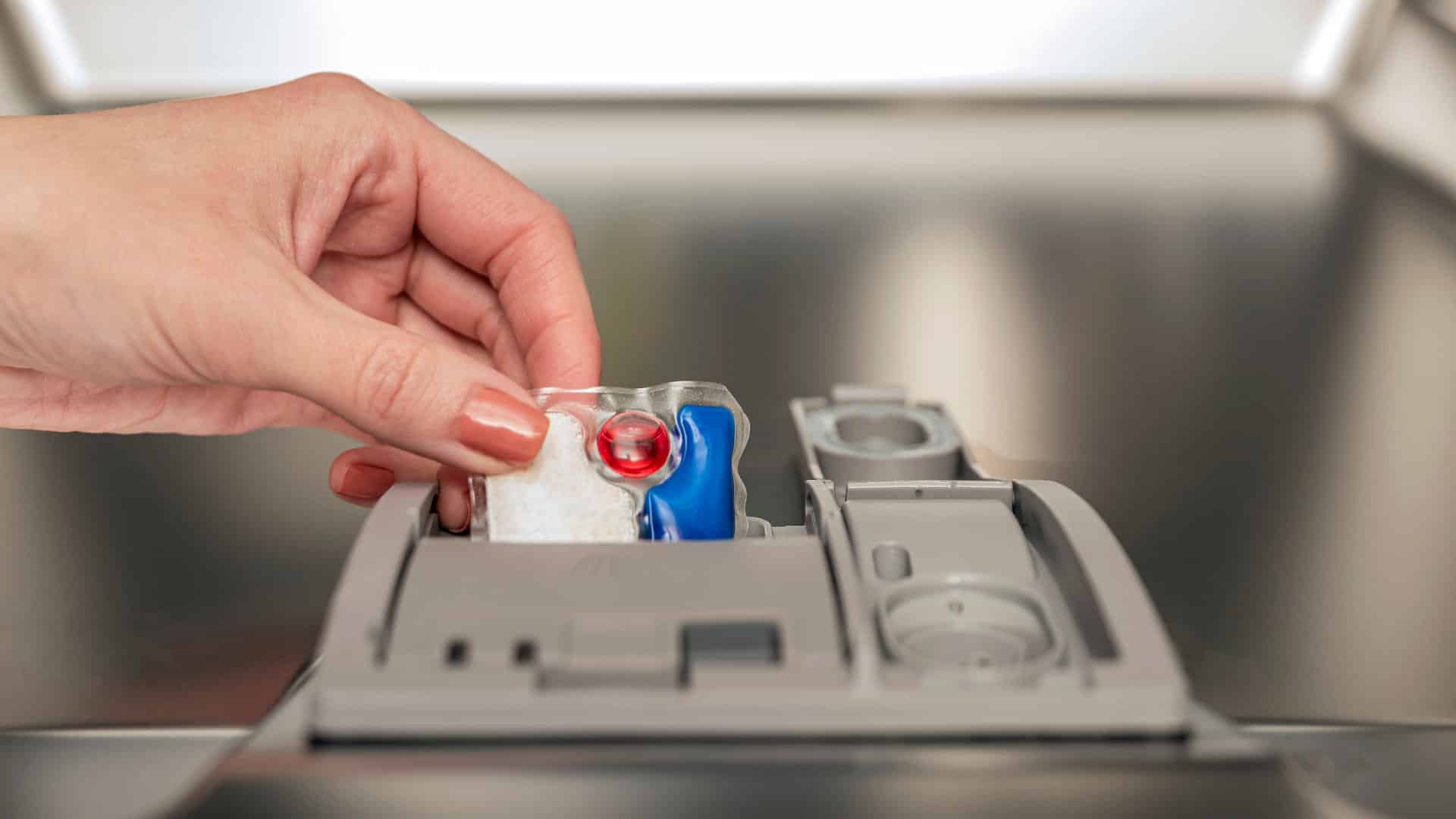
How to Clear E24 Error on Bosch Dishwasher
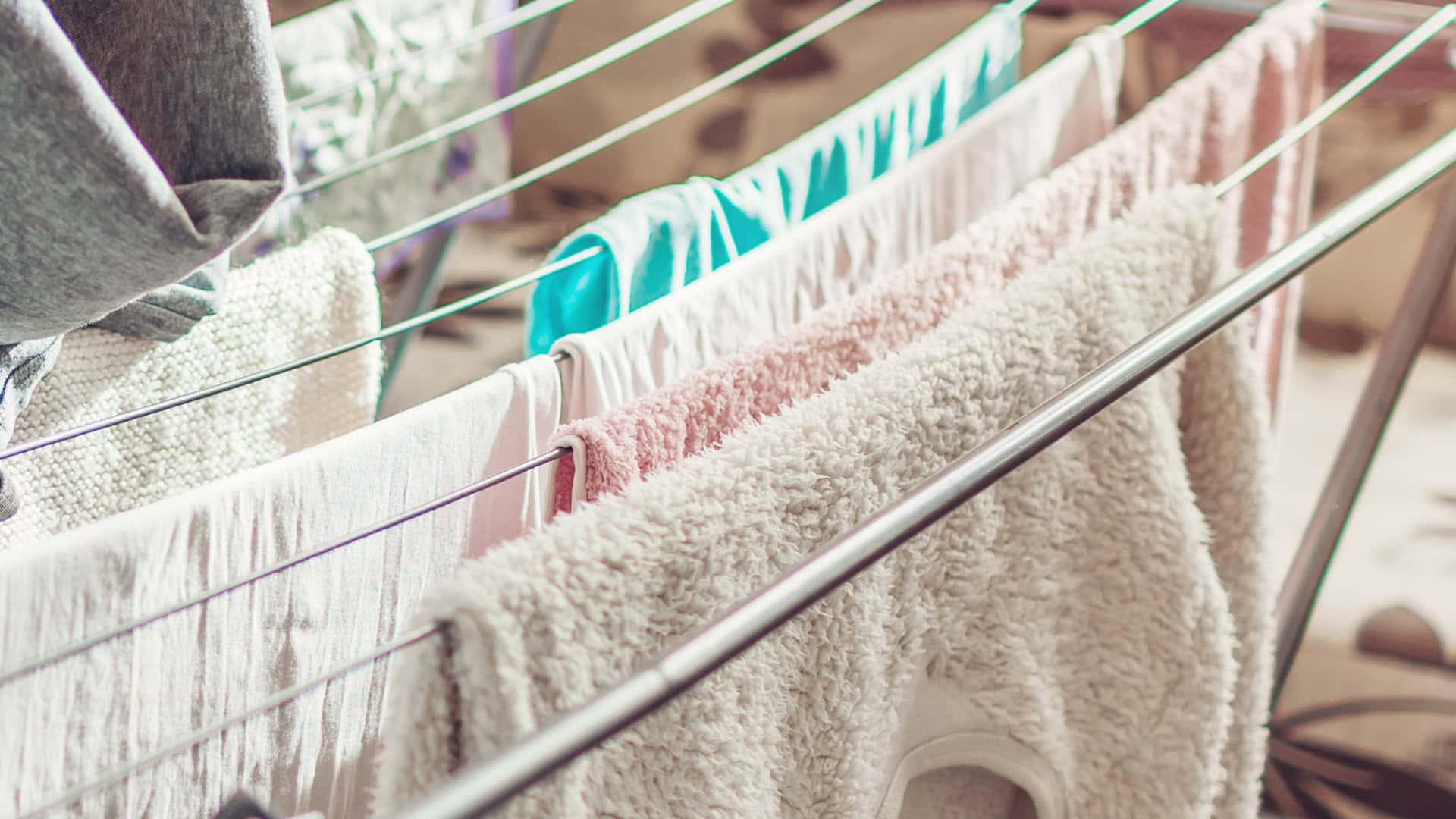
Samsung Dryer Not Heating Properly? (5 Fixes)
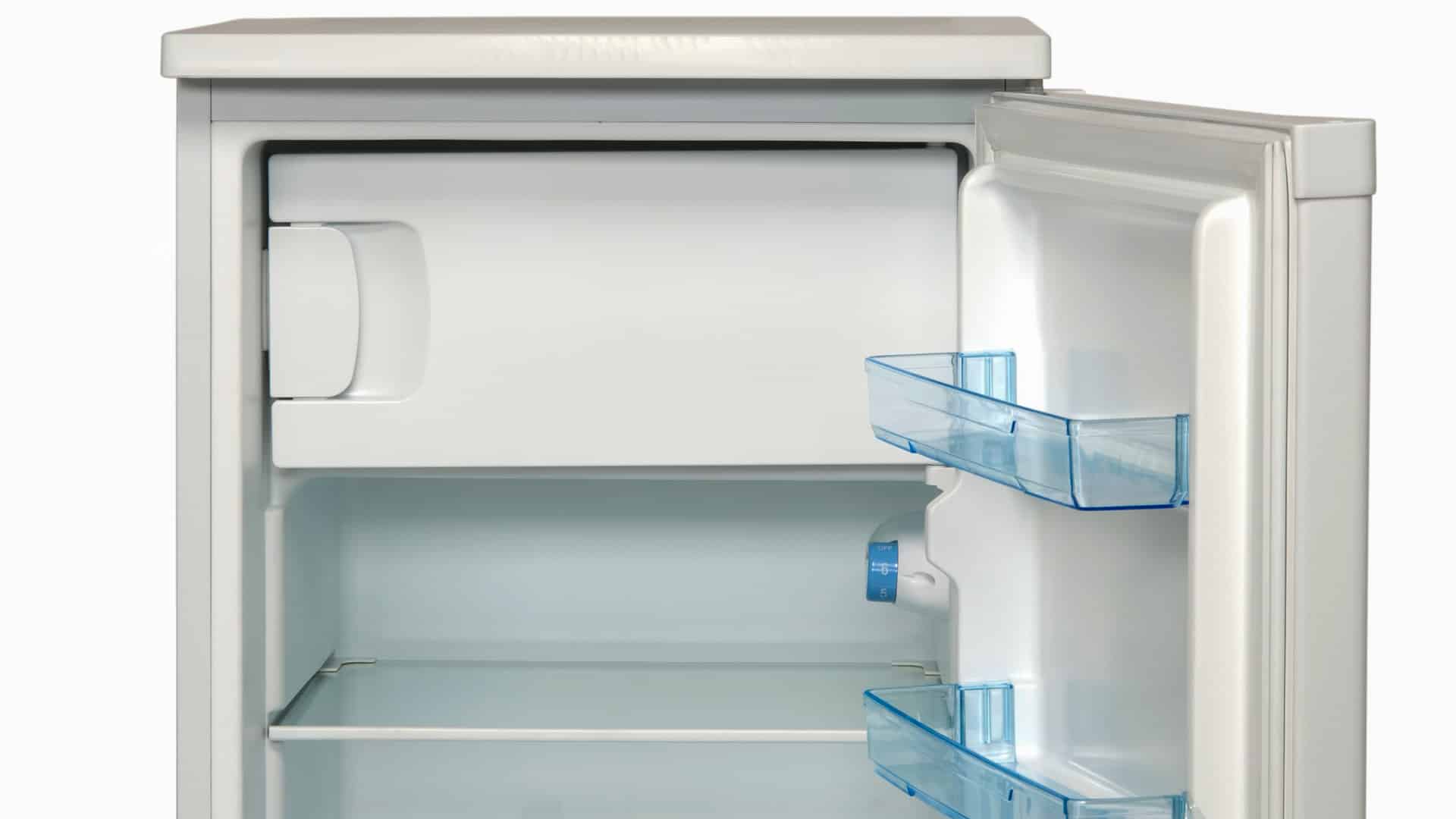
Why Is Your Mini Fridge Not Cooling? (5 Potential Reasons)
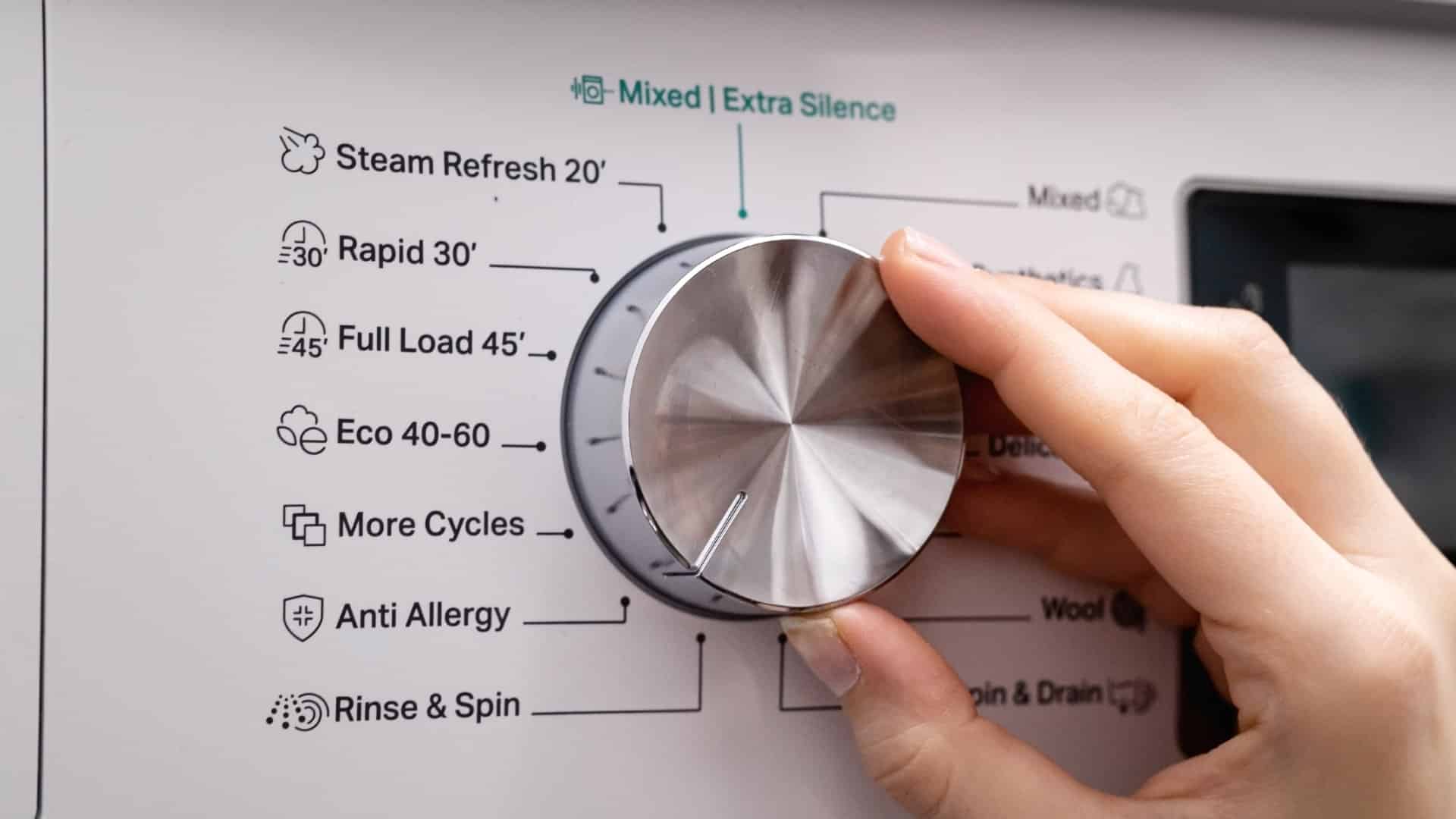
How to Fix Samsung Washer Error Code 4C
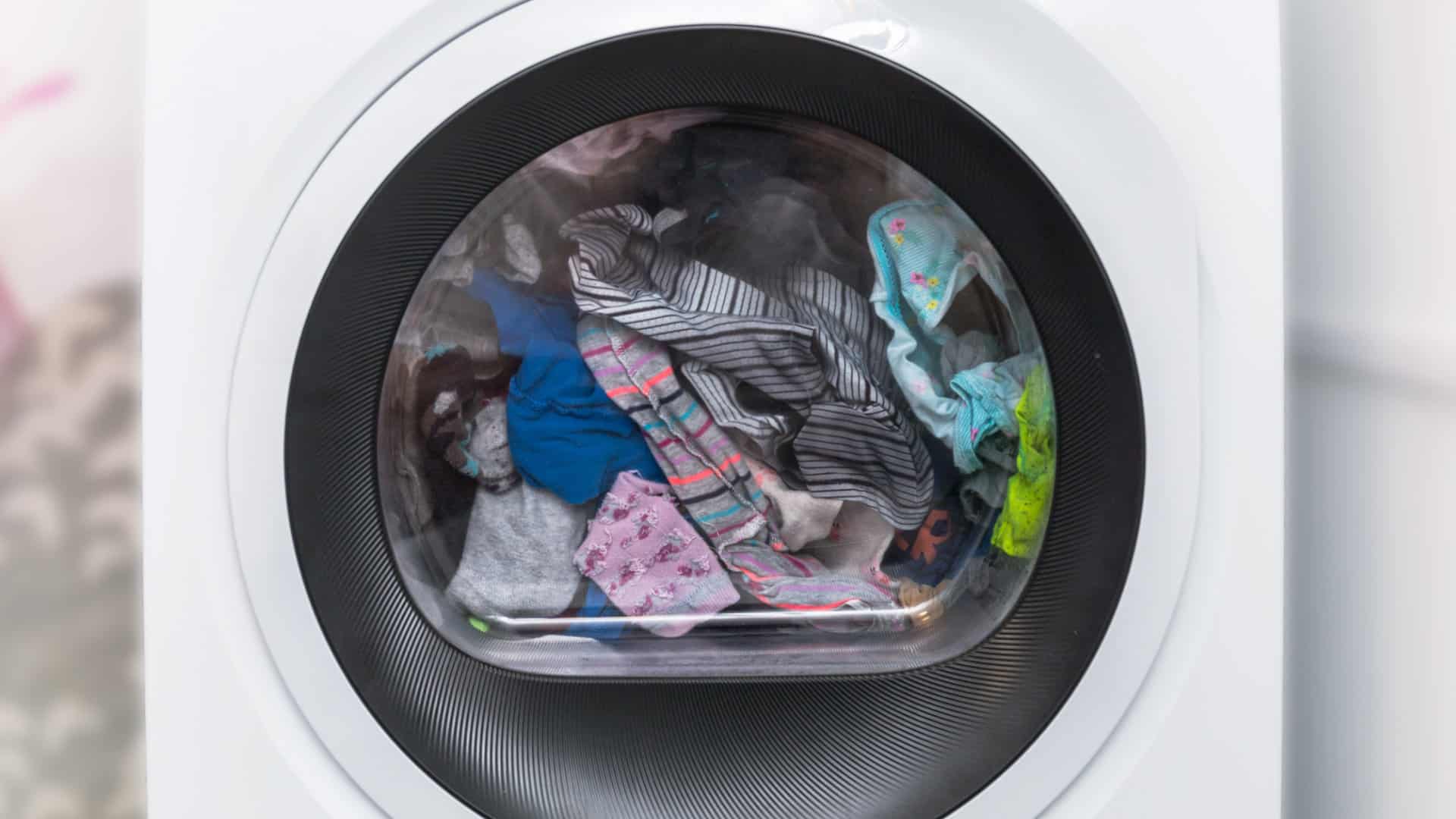
How to Resolve UE Error Code on your LG Washer
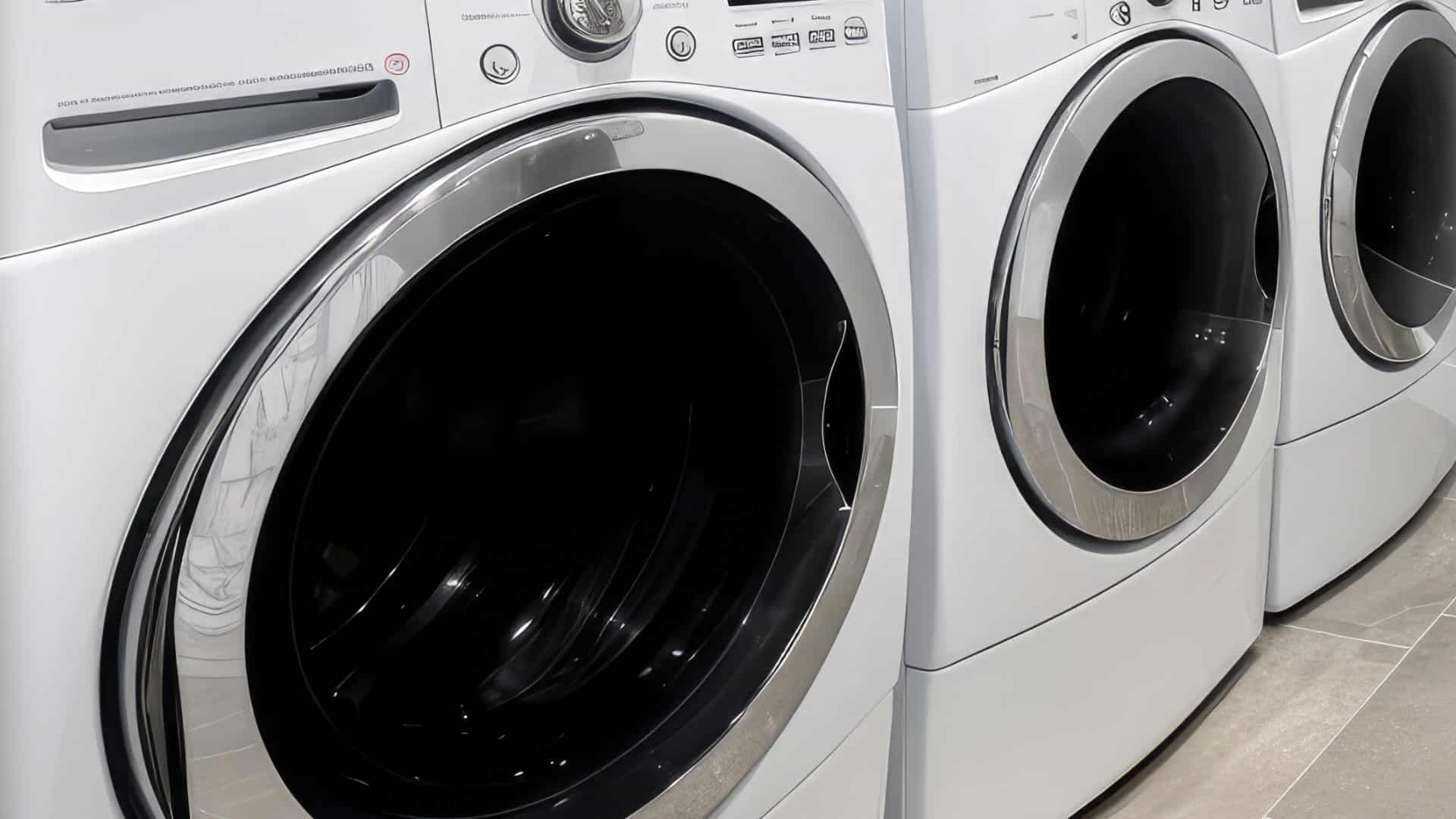
LG Washing Machine Error Codes: How to Fix Them
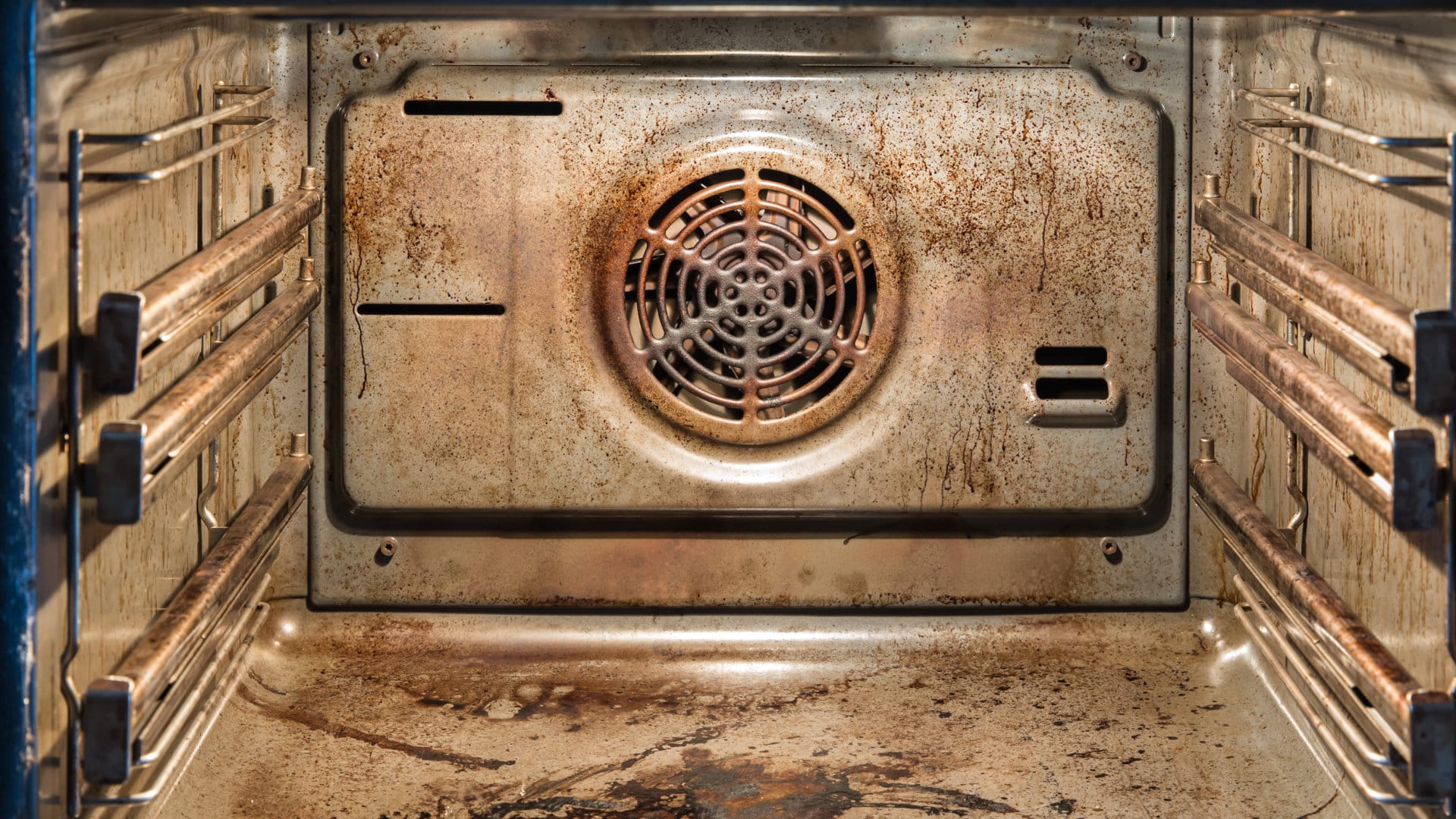
How to Unlock LG Oven Door (After Self-Cleaning)
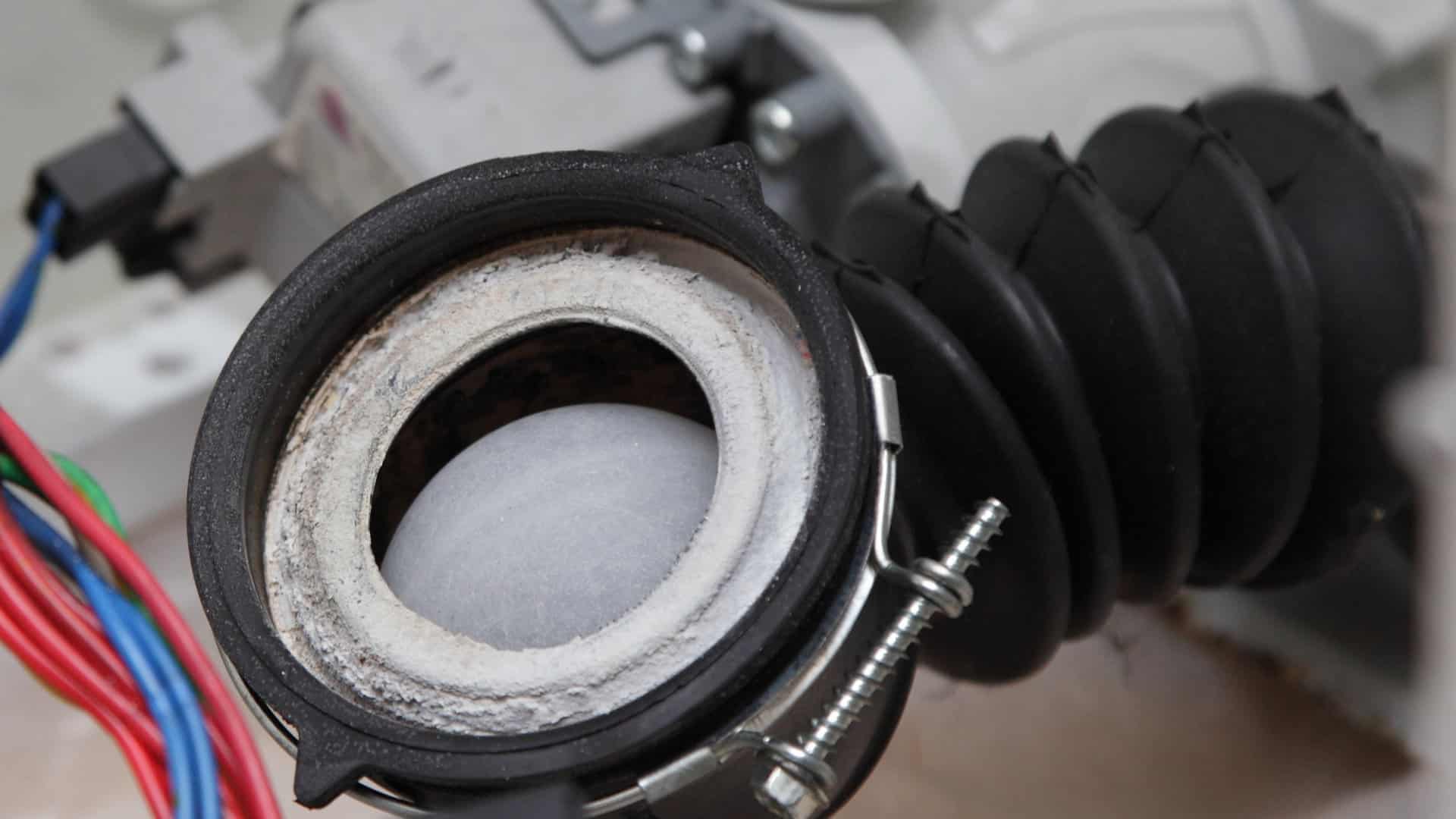
How to Fix LG Washer DE Error Code

Why Your Microwave Is Not Working
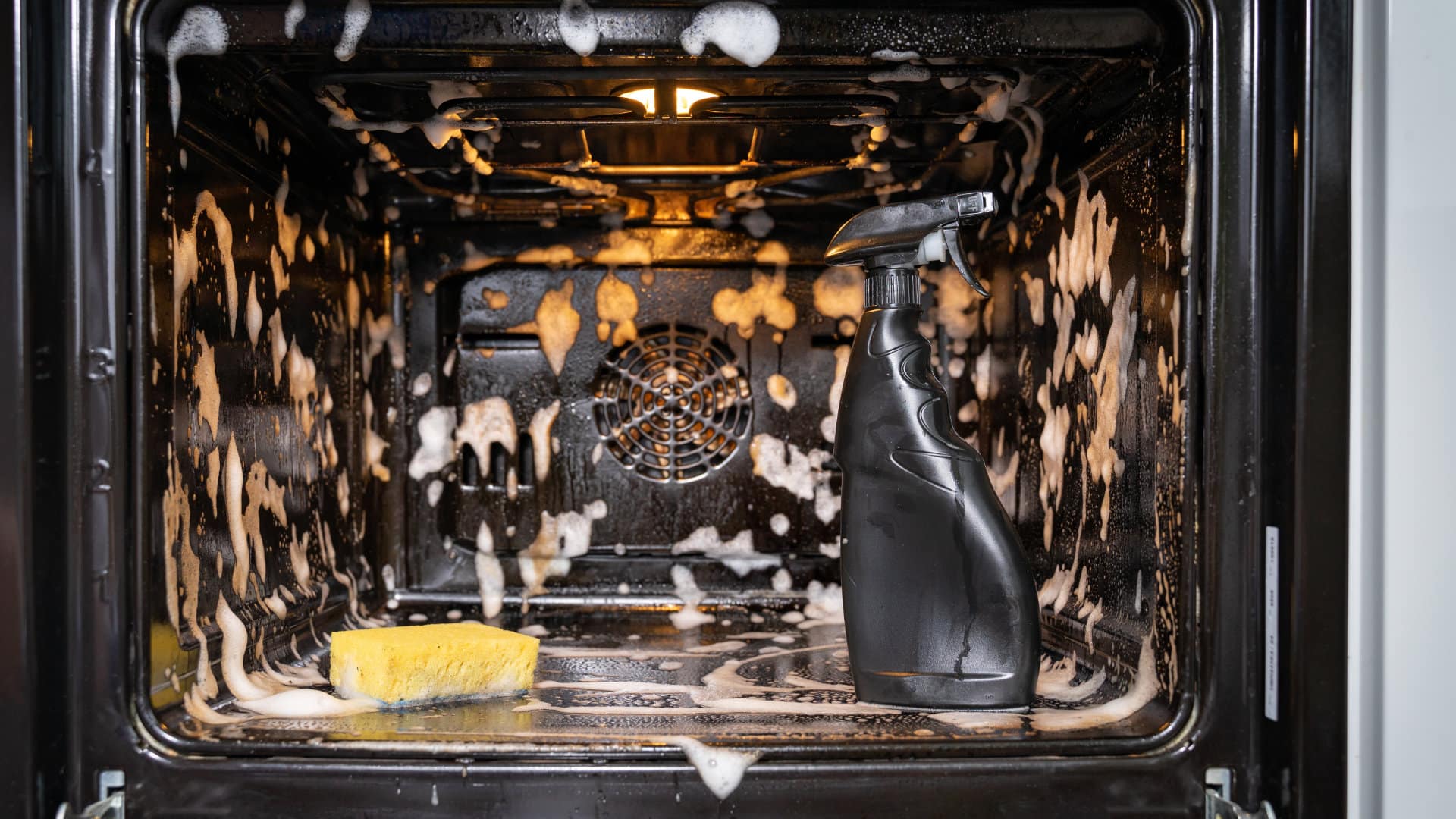
The Quick Guide To Using a GE Self-Cleaning Oven

How to Clean Your Dishwasher with Vinegar

How to Fix a Noisy Refrigerator
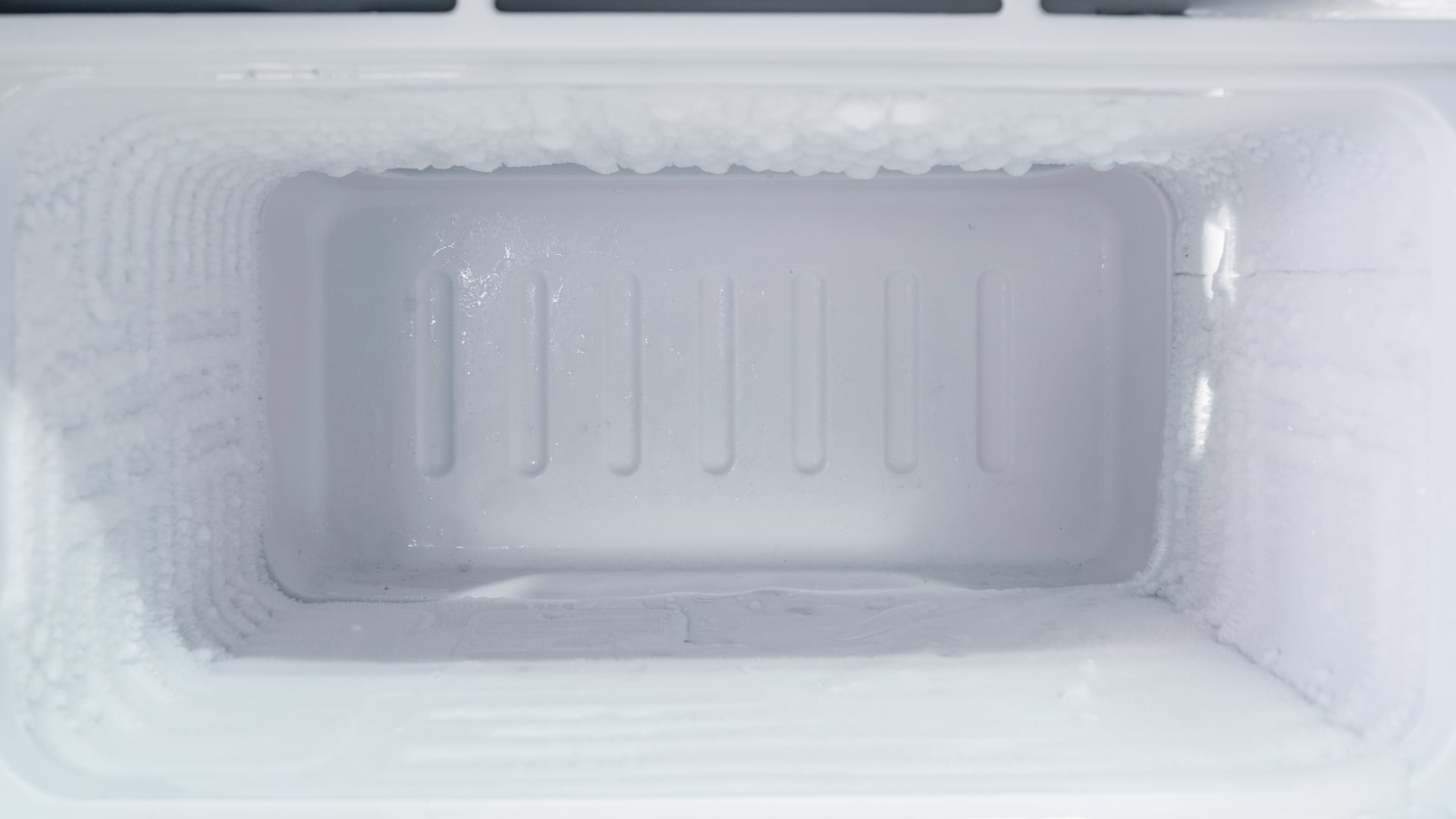
How to Remove Frost Build-up from the Freezer

5 Ways To Clean Your Microwave Naturally


